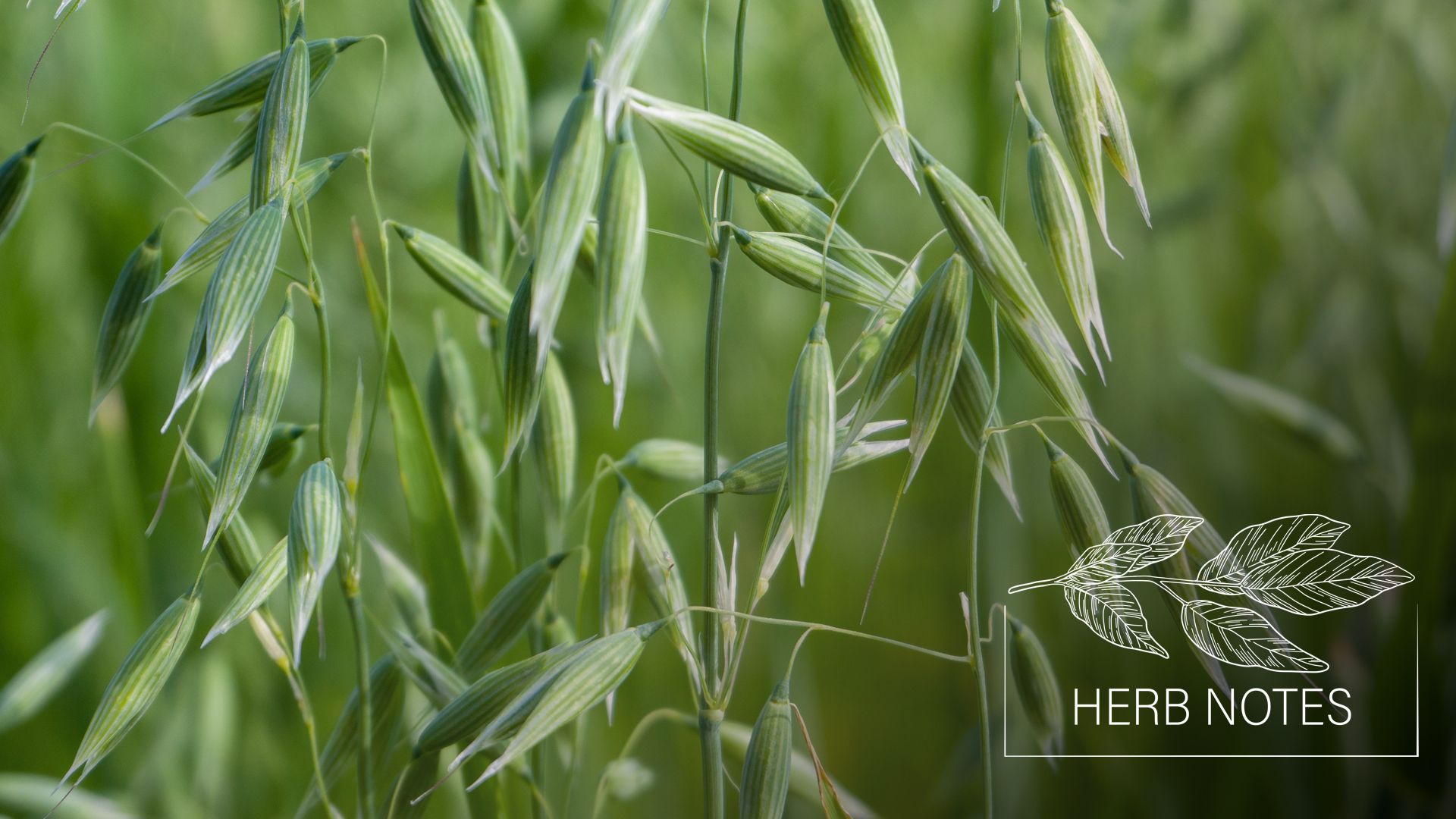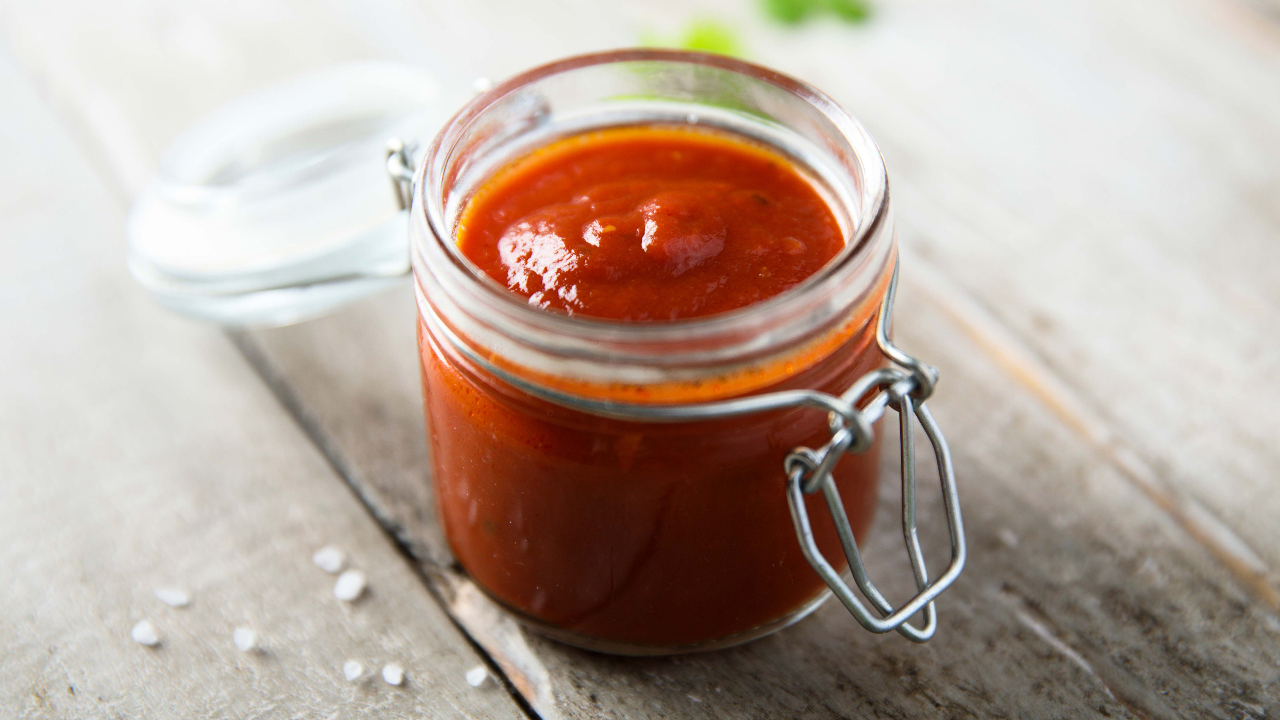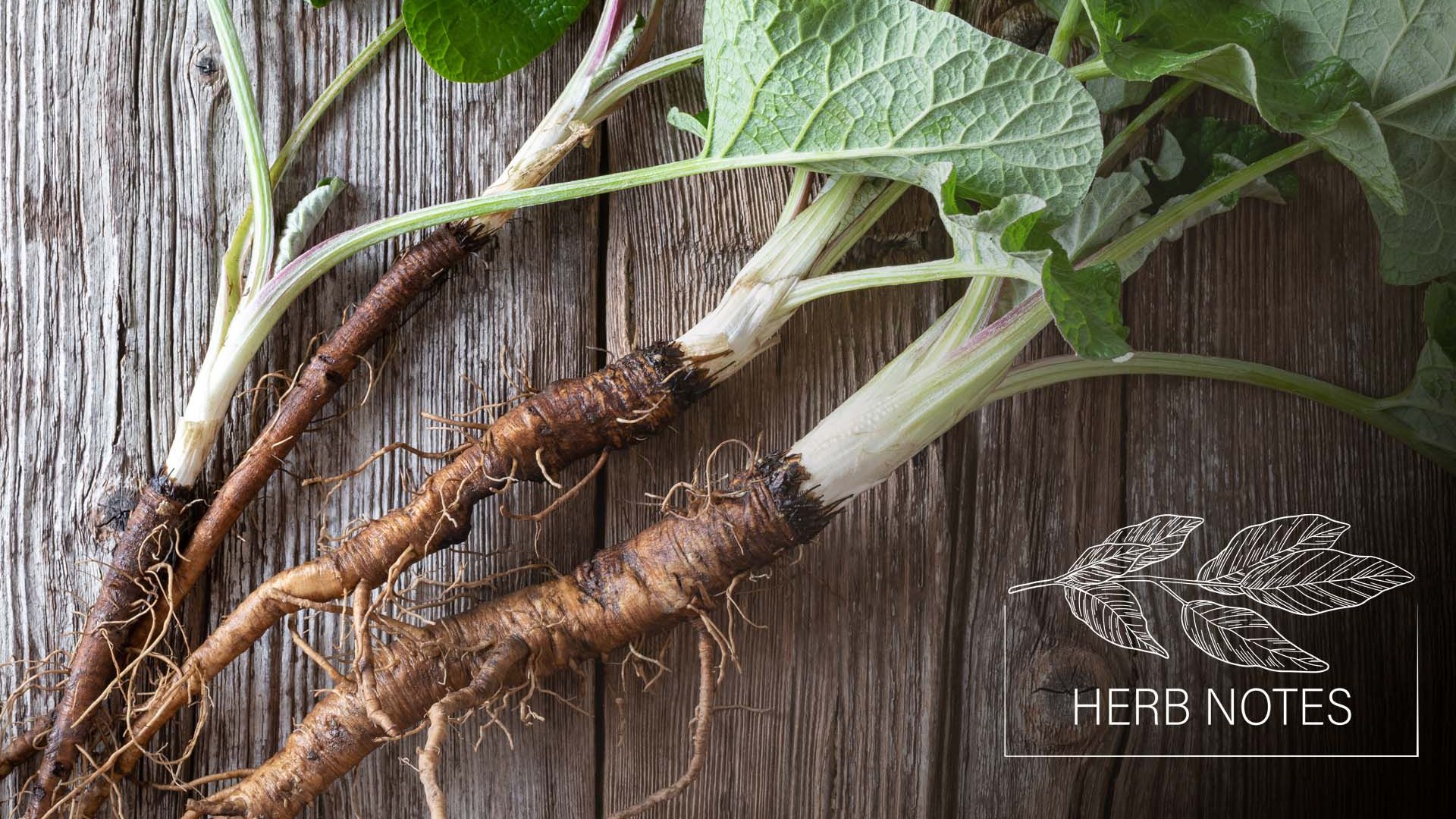
Sweet Basil Uses and Plant Monograph
Basil is one of the herbs I loved most as a kid: almost every Friday my dad would make pesto pasta for dinner, and I looked forward to Friday dinner all week. Each time he made pesto, he would task me with washing the leaves and measuring out the other ingredients before he blended them all together.
Eating basil was such a part of our weekly routine that I didn’t really think about it as a healing herb: it was just part of the fabric of our lives, an ingredient in a delicious sauce that I somehow adored despite having proclaimed my resounding distaste for all greens.
Like many folks, basil was the gateway for me into falling in love with herbs: if this magical green could taste this good and make me like eating other green things — even broccoli! — I couldn’t help but wonder, what else could basil do?

Sweet Basil Uses & Plant Profile Summary:
- Botanical Name: Ocimum basilicum
- Other Common Names: sweet basil, the king of herbs, Genovese basil, great basil
- Family: Lamiaceae
- Parts Used: leaf, flower
- Energetics: mildly warming, drying
- Taste: pungent
- Plant Properties: antispasmodic, antimicrobial, carminative, diaphoretic, galactagogue, nervine
- Plant Uses: upset stomach, stagnant digestion, fever, colds and flu, uplifting mood, respiratory infection, bug bites, insect repellant
- Plant Preparations: tincture, tea, glycerite, syrup, infused oil, infused vinegar, pesto, culinary spice
Sweet Basil vs Holy Basil
Before we dive into the gifts of sweet basil, let’s make sure we’re on the same page about what type of basil I’m talking about. This monograph is focusing on sweet basil (Ocimum basilicum), which is a different species than holy basil / tulsi (Ocimum sanctum, O. gratissimum). You can find Rosalee’s holy basil plant profile here. Both sweet basil and holy basil are in the same genus and originate in the same geographical region.
Holy basil has a rich history in Ayurvedic traditions as the “Queen of Herbs” for its medicinal and spiritual properties, while sweet basil is more well-known for its culinary applications. Holy basil tends to taste sweeter than sweet basil, and sweet basil tends to have a little more of a pungent kick. This subtle taste difference indicates that these species have different energetics, which means they can impact the body differently.
Holy basil has been classified as an adaptogen and has an incredible impact on regulating the immune system, nervous system, digestive system, and more. Sweet basil has not been classified as an adaptogen, but it does have similar constituents to the closely-related holy basil. There’s a lot of buzz about adaptogens these days, and it’s important to remember that many gentle herbs who haven’t been officially classified as adaptogens can still help our bodies maintain homeostasis and adapt to stress even if modern science hasn’t run studies to confirm this.
And regardless of whether sweet basil is an adaptogen like its closely related kin, holy basil, sweet basil still offers many healing gifts. Let’s break down sweet basil’s energetics so we can start learning more about these healing gifts…

Energetics
Flourishing at the height of summer, sweet basil’s pungent flowers and leaves embody the sun’s energetics: they are warming and drying. Sweet basil’s highly aromatic nature also tells us that it eases tension in the body. How? Well, plants’ aromas come from their volatile oil content. Volatile oils can relax tension in the body and have an overall antispasmodic effect.
Think about some of the most popular culinary herbs and spices: cumin, rosemary, sage, cardamom, and cinnamon. All of these herbs and spices are incredibly aromatic and packed with intense flavor. The high volatile oil content in these herbs not only makes our food taste good, it also helps support healthy digestion by relieving tension in the digestive tract. That is, these antispasmodics relieve gas pain and encourage our bodies to “rest and digest.”
If you think about it, isn’t it kind of amazing that the most flavorful, tasty culinary herbs and spices also happen to support easeful digestion?
Beyond Pesto
If you read the intro to this plant profile, you already know that pesto is one of my favorite foods. So of course I encourage everyone who’s excited about sweet basil to make a bunch of pesto. But when reading this plant profile and beyond, I also want to encourage us to think beyond pesto and open ourselves to the possibilities of basil tea, basil infused oil, basil syrups, basil tinctures, and more.
The first time I heard of basil tea I was in herb school: a few of my classmates were sipping on iced basil tea during a sunny outdoor class in June. The thought of basil tea first made my face scrunch up into an expression of absolute yuck: I imagined that basil tea basically tasted like diluted pesto water.
My classmates insisted it was delicious, though, so I decided to try it. And they were right! Sweet basil tea tastes a whole lot like holy basil tea: it’s a little more warming and pungent than holy basil tea, but it still has a hint of sweetness. It’s especially tasty with a little spoonful of honey.
I’ll talk more about how to make basil tea in the Plant Preparations section below, but I just wanted to get us thinking outside the “pesto box” before we dive more into the specific indications for sweet basil.

Supporting the Nervous System
Sweet basil is one of those herbs that has an affinity for uplifting mood and increasing alertness while also calming the nervous system – even helping with insomnia.
This might seem contradictory: how can an herb simultaneously uplift and calm the nervous system? Well, let’s first think about what the nervous system does when the body is burnt out. Dr. Lotte Dyrbye, a researcher with the Mayo Clinic defines burnout as a “manifestation of chronic unmitigated stress.” Two of the main symptoms of burnout are chronic insomnia and fatigue: even though the body may be physically exhausted, stress can put the nervous system into a state of hypervigilance and disrupt the sleep cycle. So the body is at once tired and wired.1
Since stress is the factor that’s causing this paradoxical tired and wired state, what the body needs is either to eliminate/reduce the stress (which is often not possible) or find things to help the body adapt to stress. Enter sweet basil…
Though sweet basil has not been officially declared an adaptogen, research along with its traditional usage as a stimulant and relaxant indicates that sweet basil has an affinity for helping the body adapt to stress. Herbalist Matthew Wood conjectures that sweet basil works on both the sympathetic and parasympathetic sides of the autonomic nervous system.2
Though I love eating fresh basil in the summertime, I find myself most often reaching for basil tea in the colder months when I’m feeling the winter blues. After just a few sips of strong basil tea I can feel the weight of the blues start to lift ever so slightly, and I really notice its effects when I drink it as a daily tonic. And I’m not the only one who’s taken note of basil’s mood-lifting effects: a 2022 review in the CNS & Neurological Disorders journal cites sweet basil as one of many herbs that has a long traditional usage in addressing depression. The review even recommends further study of basil in order to isolate its compounds for treating depression.3
In addition to drinking sweet basil tea for a little mood boost, I also love drinking basil at night if I’m having trouble sleeping. When I’m experiencing bouts of insomnia, I’ll drink basil an hour or so before bedtime to cue my nervous system to relax. For sleep, I like to combine basil tea with a pinch of cinnamon chips and orange peel.
Digestion
As a culinary herb, sweet basil not only offers bursts of flavorful delight to our meals, it also promotes easeful digestion. Basil is an antispasmodic carminative, which means it can help relieve gas and gas pains. This in turn can help reduce bloating and overall discomfort. Carminatives like basil make a great addition to every meal, and I especially make sure to incorporate them into heavier meals that can tend to cause more digestive stagnation.
In addition to promoting healthy digestion, basil is also antimicrobial and can help our gut fight off a wide range of microbes. Contemporary research on basil essential oil confirms basil’s antimicrobial potential: I do not recommend ingesting basil essential oil, but these studies indicate that the volatile oil constituents within basil have antimicrobial effects against gastrointestinal nematodes, salmonella, giardia, and more.4, 5, 6 Ingesting the whole basil leaf/flower won’t give us the same high concentrations of these volatile oil constituents within basil essential oil, but it will still help us maintain the health of our gut microbiomes while safely ingesting the plant.
Colds, Flu, & Fever
When using sweet basil to support the immune system, I generally prefer to ingest it as a hot tea. In this form, it can be gargled to ease sore throats and drunk to bring on sweating. This sweating can cool the body and help break a fever. Drinking hot basil tea can also help relieve sinus congestion by promoting sinus drainage — that is, when you drink hot basil tea with a head cold, your nose will most likely start to run. This in turn will help relieve congestion and pressurized sinus headaches.

Bug Bites & Insect Repellant
Have an itchy bug bite? Chew up a few leaves of fresh basil and place this spit poultice directly on the bite. A basil poultice can reduce swelling and relieve the itch.
Speaking of bugs, a 2019 study found that alcohol extracts of sweet basil inhibit the entry of Zika virus (which is usually spread from mosquitoes) into potential host cells.7 And a 2014 study found that basil essential oil “can be recommended for the development of natural biocides for fighting the larvae of malaria vectors and for the isolation of natural products with antimalarial activity.”8 So, if you find yourself often fending off mosquitoes, try creating a basil-based mosquito repellant. Rosalee has a great insect repellent recipe here. You can substitute the yarrow in the recipe with sweet basil if you’d like to try out a basil version.
Constituents
Basil’s strong aroma indicates that basil has a high volatile oil content. Basil also contains flavonoids, triterpenes, ursolic acid, and vitamins A and C.9
Plant Preparations & Harvesting
There are so many remedies we can make with basil leaves and flowers! To incorporate basil more into your kitchen remedies, you can make basil syrups, vinegars, oils, and pestos. To ingest basil at a higher therapeutic dose, you can create basil tea, tinctures, and glycerites. Making a basil tea is as simple as steeping 1 teaspoon of dried basil in 1 cup of just boiled water for 15 minutes. To enjoy topical applications of basil, you can create serums, salves, and creams with your basil infused oil —and you can always make a simple basil poultice too.
If you are using basil you’ve grown in your garden, you can watch your basil plants closely to pinch off any new flowers: this promotes new growth and will make your basil plants produce more and more of their tasty leaves.
If you don’t have access to home grown basil, you can often source it fresh from the produce aisle at your local supermarket or get it dried in the spices section.
Dosage Suggestions:
As a primarily culinary herb, it’s difficult to find information on medicinal dosage for basil. I sourced my dosage suggestions from herbalist Juliet Blanksepoor’s beautiful book The Healing Garden.10
- Tincture: 1:2 (fresh) at 90% alcohol or 1:4 (dry) at 60% alcohol, 2–4 ml at 3 times per day
- Tea: 1–2 teaspoon dried leaves/flower to 1 cup water, up to 3 times per day

Special Considerations
According to the Botanical Safety Handbook, the safety of basil during lactation has not been conclusively established, but basil has been traditionally used in folk herbalism as a galactagogue to increase milk supply.11,12 Regarding pregnancy, there’s a few important things to note:
- Folk herbal traditions have utilized basil to stimulate labor.
- One Traditional Chinese Medicine materia medica contraindicates basil during pregnancy.
- The current Botanical Safety Handbook notes that no contemporary scientific references can confirm this contraindication.
- These potential concerns around pregnancy are for higher therapeutic doses rather than smaller amounts of basil used when cooking.
The Botanical Safety Handbook also notes, “People with diabetes are advised to monitor their blood sugar closely and discuss the use of this herb at therapeutic levels with a qualified healthcare practitioner prior to use.”









